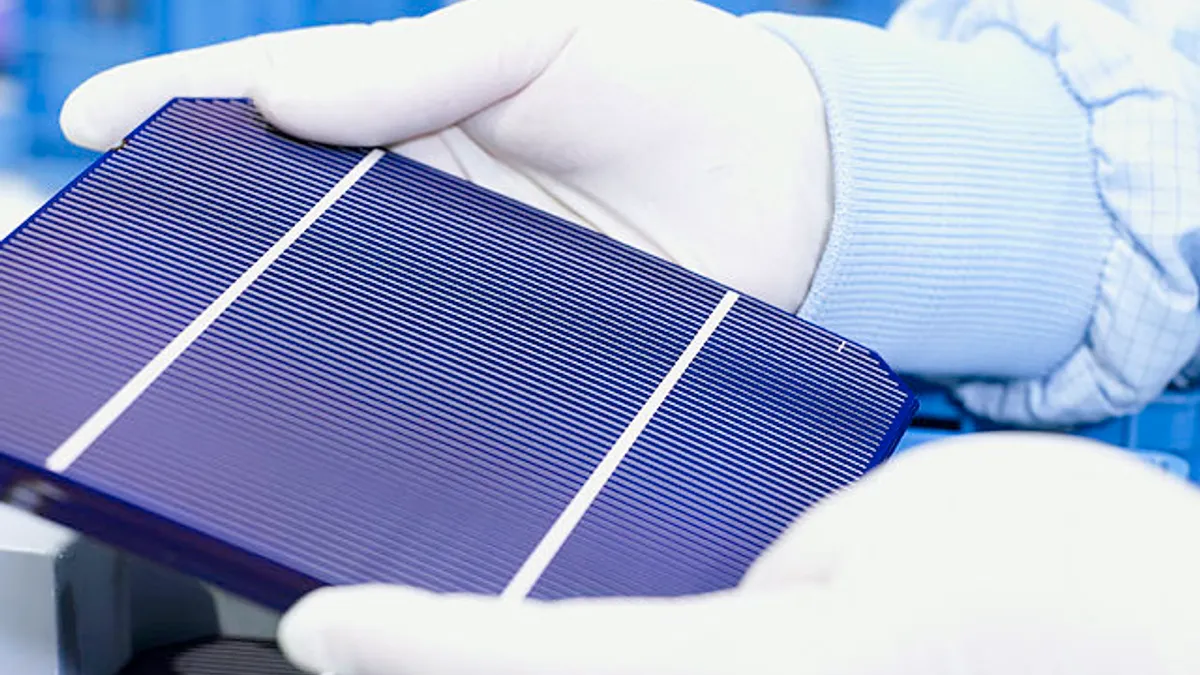Dive Brief:
- The global solar industry may be about to enter a new cycle as spiking demand for low priced modules during the current boom, a result of the 2009 to 2012 oversupply, is expected to increase installations by 29% but may push prices back up and slow demand enough to flatten the boom.
- Global installation figures could rise from 2013’s 40 gigawatts to 52 gigawatts this year and 61 gigawatts in 2015, growth that would challenge the industry’s 59 gigawatts of available cost-efficient manufacturing capacity.
- Analysts say a fall in production costs could hold prices down but if module prices go up the market is likely to turn to wind or natural gas.
Dive Insight:
Shortages of silicon and manufacturing capacity from 2006 to 2009 drove modules prices up until manufacturers increased inventories, depressing prices and driving module makers out of business.
When the 2006 module supply limited installations to 1.5 gigawatts, Chinese manufacturers raised $1.8 billion on Wall Street to finance new manufacturing capacity. By 2010, Chinese manufacturers had raised $5 billion, taken control of solar module-making from U.S., German and Japanese companies, and driven many bankrupt while pushing a module’s per watt price from $2.01 to $0.76, including a 12% drop in 2014.
The market rationalized after 2012, but now under-supplied Chinese mega-manufacturers like Yingli Green Energy and Trina Solar could push prices back up, preferentially ship to utility-scale solar builders, and slow growth in rooftop solar and emerging markets.
Today, Canadian Solar Inc. and GCL-Poly Energy Holdings Ltd. are building a 300 megawatt facility in China, SunPower Corp. is planning a 700 megawatt facility for 2017, and SolarCity is planning a 1 gigawatt Silevo facility.













